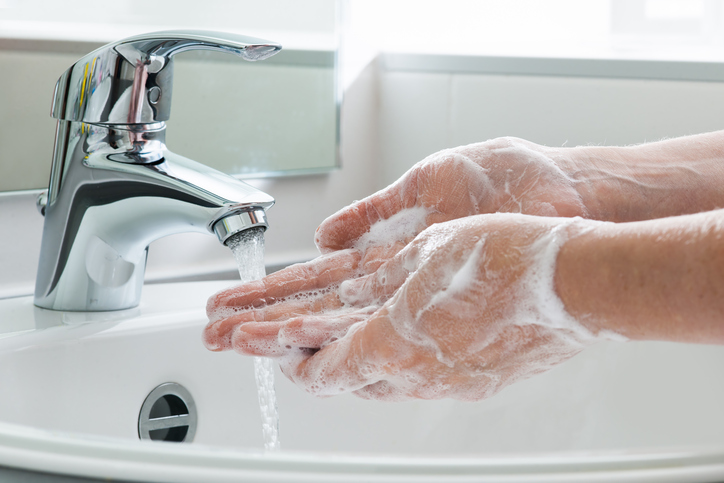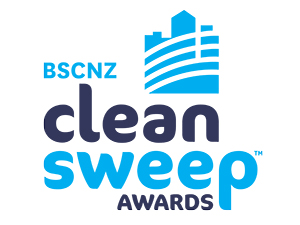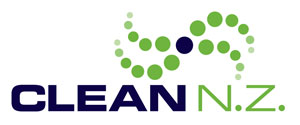
Most of us know just how important hand washing is in protecting our health. Indeed, the goal for many in the cleaning industry is to encourage everyone to wash their hands properly and frequently.
Earlier this year Stephen Ashkin, president of the Ashkin Group, authored a paper on ‘the four myths surrounding hand washing’. INCLEAN NZ assistant editor Lizzie Hunter spoke to several professionals in New Zealand’s cleaning industry about some of the myths surrounding hand washing and drying.
Myth 1: Always wash hands with hot water
According to Stephen Ashkin, dubbed “the father of green cleaning”, the debate surrounding whether or not to wash hands with cold or hot water is a one of the biggest misconceptions.
“Most of us think hot water helps kill germs and bacteria on our hands. But the reality is, the water would have to be scalding hot to make that happen,” Ashkin said.
“In fact, hot water may work against us. Water that is too hot may cause us to remove our hands too quickly to wash properly. Further, researchers in Florida found that there is statistically little difference whether hands are washed in hot or cold water.”
Kimberly-Clark Professional Australia and New Zealand marketing manager Lauraine Worthington, agrees: “It’s far more important to wash your hands correctly for the right amount of time – 20 to 30 seconds – using soap and then drying them effectively to remove the bacteria.”
For Tim Macaulay, general manager of Auckland-based Coastal Products, hot versus cold water is a purely a personal preference.
“There is no clinical evidence that suggests one is better than the other,” Macaulay said.
Myth 2: Always use antibacterial soap when washing hands
Back in 2007, a study of Triclosan, which is now banned in over-the-counter antibacterial hand and body washes in the US., did not significantly reduce the number of bacteria on hands. According to Ashkin, “since then other studies have come to similar conclusions about many other antibacterial hand soaps.”
Jason Rigley, Deb ANZ marketing manager and NZ sales manager says there is no requirement to always use an antibacterial soap when washing hands, however, for high risk environments such as food processing and healthcare, antibacterial soaps are still an important part of their overall hand hygiene program.
“Safer and more effective antibacterial soaps have been developed to provide an alternative to triclosan for these markets.”
Myth 3: You don’t have to dry your hands after washing
It is common for many people to wash their hands, shake them off and then walk out the door. However, drying hands helps remove any remaining microbes on hands, plus it is easier for pathogens to collect on hands that are wet.
Kimberley Clark’s Lauraine Worthington says drying hands after washing is often considered the most critical part of the hand hygiene process.
John Stares, technical director of SPL Washrooms, a supplier of washroom equipment, says wet or damp hands can transfer up to 70,000 germs to items such as skin, food and utensils. But if hands are dried properly this number is reduced to a few hundred.
“Studies carried out at the University of Auckland have shown that the number of disease-causing germs picked up and passed on by touch depends on how wet or damp the hands are.
“The goal is to dry our hands effectively enough to eliminate the spread of germs. But when deciding what the ‘best’ method is, whether it’s using an electric hand dryer or paper towels, we need to consider whether the method will effectively dry hands enough to reduce the spread of germs and how it impacts on the environment.”
Myth 4: Using hand towels is the best way to dry hands
Coastal Products’ Tim Macaulay advises hands must be dried correctly straight after washing.
“The only clinically tested and approved way of drying hands correctly is with paper towels. All forms and brands of air driers solely blast or atomise bacteria around the surrounding area,” Macaulay said.
According to Worthington, the most effective, hygienic hand drying system is widely considered to be a disposable single sheet paper towel.
“A study conducted by the University of Westminster found that drying hands with a paper towel actually reduces bacteria on average by up to 77 per cent. When you compare that to alternative drying options that can actually increase bacteria counts – it makes good sense.”
Stares, however, disagrees, saying that modern hand dryer technology means users no longer have to wait as long as 45 seconds for some electric dryers to remove moisture from hands thoroughly.
“A high speed/ low energy hand dryer can dry hands effectively in 12-15 seconds while operating on as little as 1.1KW. With a combination of reduced dry-time and high speed, people will achieve drier and safer hands.
“Secondly, environmental impact is an important consideration. With the increasing expectation to reduce our carbon footprint, a high speed/low energy electric hand dryer is fast becoming a preference over other hand drying methods. It reduces a massive amount of land fill created by paper towels and energy consumption is vastly reduced compared to that required of an older style electric hand dryer,” he said.


